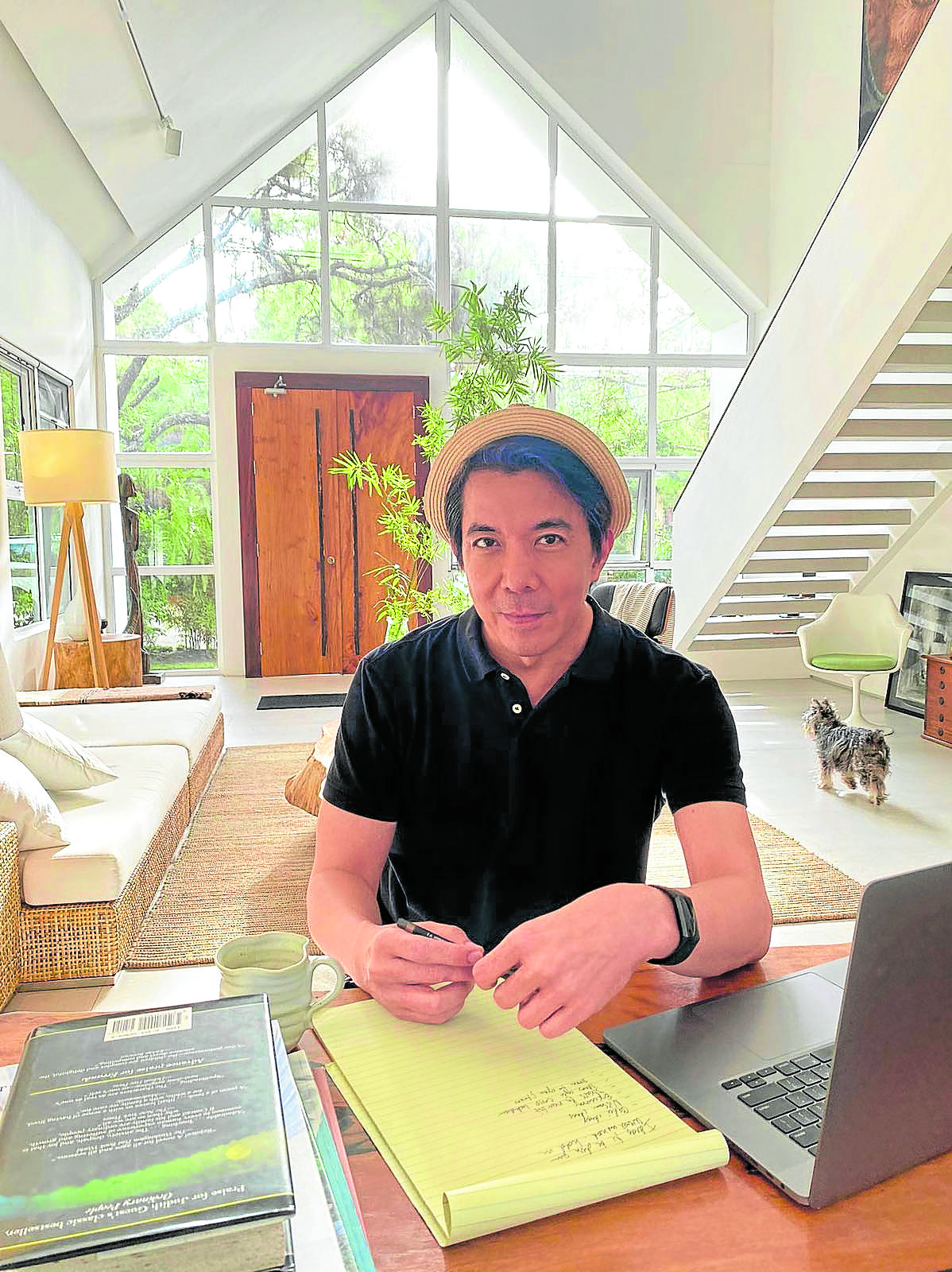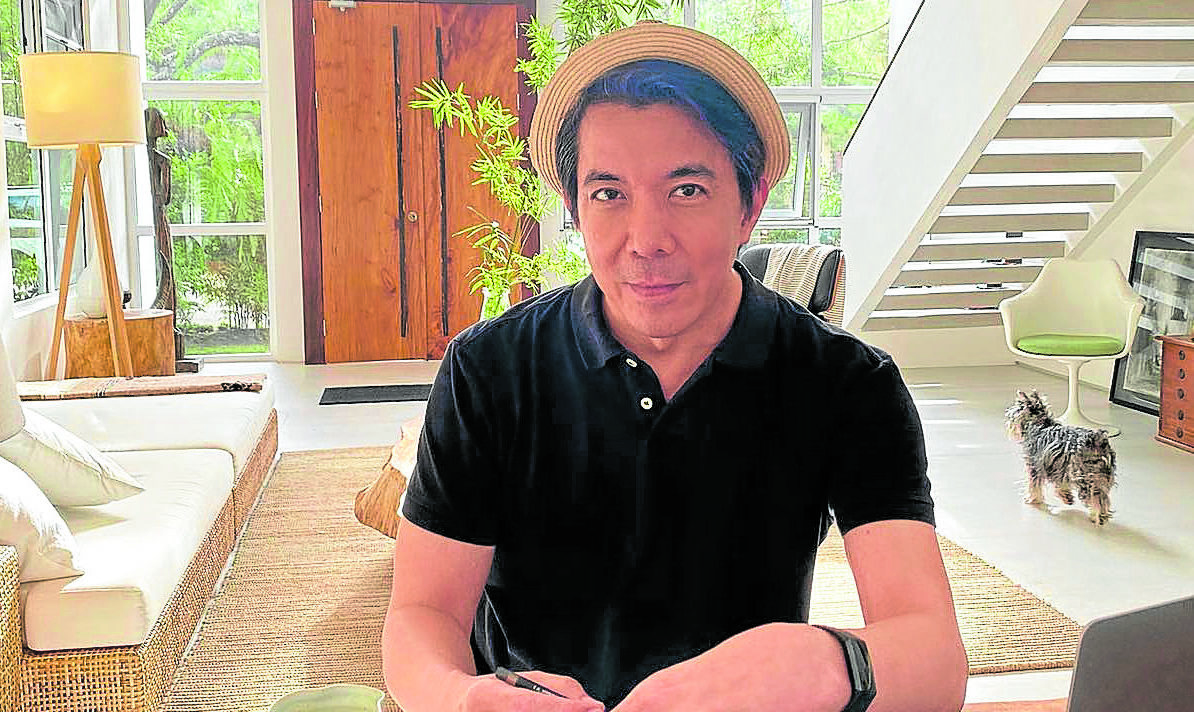
By whatever name it’s called—remote work, telecommuting, work-from-home (WFH)—doing your job while staying at home has become part of the “new normal” in this pandemic. If health experts are to be believed, it might stay that way in the foreseeable future.
This early, it appears that human resources managers’ worst fears about WFH—that, freed from eagle-eyed surveillance by supervisors, employees will slack off and waste valuable time binge-watching K-dramas or updating their social media—seem to be unfounded. In fact, the opposite could be happening.
Whether it’s because they’re channeling their anxiety about the future, energized by not having to spend hours commuting to work, or just happy to still have a job, employees working from home are, believe it or not, working too much.
An article in Harvard Business Review pointed out that the risk of “WFH burnout” is substantial.
“The lines between work and nonwork are blurring in new and unusual ways, and many employees who are working remotely for the first time are likely to struggle to preserve healthy boundaries between their professional and personal lives.”
A headline on the Bloomberg business website says it all: “Three Hours Longer, the Pandemic Workday Has Obliterated Work-Life Balance.”
The article noted that some companies have noticed productivity increases, even as employees report feeling more stressed than usual.
The Philippines took the first baby steps toward more flexible work arrangements when the Telecommuting Act took effect in early 2019. But the new coronavirus disease (COVID-19) crisis has forced employers to implement WFH even before they’ve formulated clear guidelines on how to actually do it.
Luckily, some companies had already begun exploring more flexible work conditions, including working from home at least part of the time, even before the current emergency. Their experiences could prove instructive.
Virtual days
A couple of years ago, Melvin Mangada, managing partner and chief creative officer of the TBWA Santiago Mangada Puno advertising agency, introduced what he called “virtual days.”
On his virtual day, an employee could do his work from anywhere he chooses, whether at home or from a nearby coffee shop or out of town.
The results were so encouraging that he eventually upped virtual days to twice a week, even before the pandemic hit.
“Since January this year, the agency had implemented two virtual days a week, which was working well for the staff,” he says. “But WFH full-time erased the line between office and personal space.”
Maintaining a work-life balance, he suggests, should be a concern, specially when working from home. It’s not about working longer, but working smarter.
“To reduce anxiety, we quickly enforced policies to ensure our staff distinguished work from personal time, with a 10 a.m.-5 p.m. window for internal virtual meetings, but allowing more flexibility for meetings with clients,” he says.
Even before the lockdown was announced last March 12, Mangada decided to set up a work station on the dining table of his Tagaytay City home, bringing a month’s supply of personal and work essentials, including the tech gadgets that would allow him to connect and communicate with his staff.
“Back in the agency, I would normally use Google Hangout, the licensed platform of our network, for online meetings with colleagues in Asia, the UK and the US,” he says.
“But I soon found myself using other applications—Zoom, Microsoft Teams and Blue Jeans—depending on the client or the kind of cluster meeting. Then there’s Viber and
Messenger for short and quick chats.”
‘Progress over process’
Over the past weeks he has learned a thing or two about how best to manage a business and work with your teams while remaining socially distanced, which he is eager to share with other companies experimenting with remote work conditions:
• Keep virtual meetings as short as possible, 45 minutes max.
• Use downtime between meetings for news updates and checking on family and friends.
• Some decisions don’t need a virtual meeting. A quick exchange on messaging apps like WhatsApp or Viber will do.
• Invest more time with your teams on free-flowing ideas, trends and opportunities, then trust them to get the work done.
“A crisis situation drives creativity at the speed of culture,” he says.
“We’ve witnessed how events unfold so fast, with major changes happening in a matter of days or weeks. There is a need to discard old conventional ways and choose progress over process. We’ve been prioritizing fast data over focus group discussions, produced work over perfected work. We’ve skipped tedious processes like cost estimates (for now) and long preproduction meetings, worked on brutally edited briefs that state a clear solution to a problem rather than long documents full of jargon and numbers. We’ve reused and repurposed existing images, videos and other elements of brands’ past campaigns. More importantly, common sense and gut feel are far more effective in creating work these days.”
Opportunity
Mangada’s firm, TBWA (Tragos, Bonnange, Wiesendanger, Ajroldi), prides itself in its philosophy of disruption as applied to advertising.
“Whether in advertising or marketing or life, if you do things the same way, you’ll get the same results,” he says.
“But if you try to inject a different approach to the way you take care of business, or rear your family, or run a corporation or household, then things will change. That’s the basic principle of disruption, at least in our agency.”
The current state of emergency has provided another opportunity to test these principles, and so far, he says, it’s been yielding positive results. It’s the often-quoted managerial adage that in Chinese, the word for “crisis” is composed of two characters, one representing “danger” and the other “opportunity.”
The coronavirus has been the great disruptor; it’s up to us to make the disruption work in our favor.
“Unsettling times push creativity forward,” says Mangada. “They present opportunities for brands and agencies to be inventive and resourceful, and more than ever, thoughtful in content creation. Solutions to marketing and advertising problems are not limited to mere branding and messaging, but include distribution, media channels and product innovations.”
He believes that in the postvirus world, WFH, or some hybrid of office and home work, could really become the new normal. The old 9-to-5 grind might be a thing of the past.
“Working from home for the past weeks presented possibilities that more traditional thinking would have resisted in normal times,” says Mangada.
“As early as now, some may be reevaluating the future of office space; budgets might be reallocated to home equipment and connectivity, and less on office utilities and physical furniture. There will be more concern about stringent protocols on cyber-security and privacy across platforms.
“When we emerge from this disruption, we might just realize how much time and resources have been wasted in the old system, and redirect our attention to technology and how underutilized it has been all these years.
“Best of all, I hope WFH will finally solve the horrible traffic problem.” INQ









































